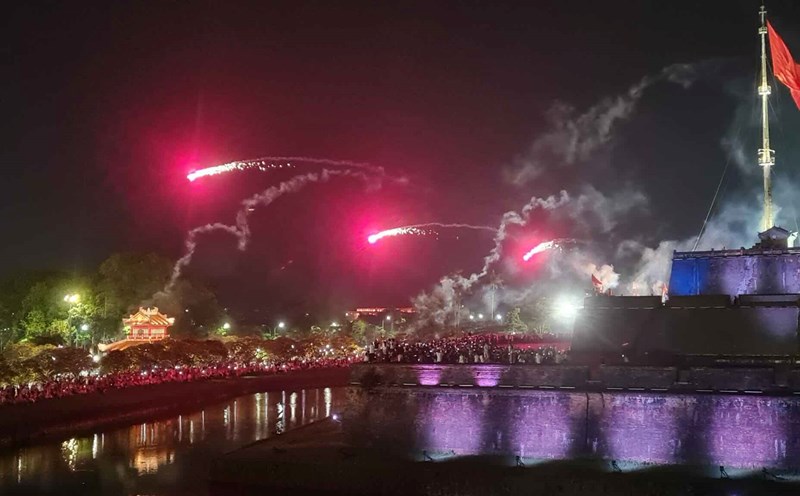The 2024 Land Law stipulates in more detail and clearly the compensation for assets attached to land when the State reclaims them. These new regulations are considered specific and practical, contributing to ensuring the rights of people and limiting complaints and disputes during site clearance.
According to Article 102 of the law, if houses and constructions built on legal land are demolished when the land is recovered, they will be compensated with the new construction value of the construction with equivalent technical standards. People are also allowed to reuse materials that can still be reused after dismantling.
In case the construction works are not dismantled but no longer meets the conditions of use according to technical standards, the owner will also be compensated compensation equivalent to the new construction. If the project is still used, the compensation will be calculated according to the actual loss level due to the effects of land acquisition. For technical infrastructure or public works, the compensation level will be based on the new construction value according to the industry technical regulations.

The provincial People's Committee is the competent authority to issue compensation prices, ensuring that they are consistent with market prices at the time of issuance of the land recovery decision. At the same time, local authorities are also responsible for adjusting the price list when market prices fluctuate greatly, to ensure the reasonable rights of people whose land is recovered.
Regarding crops, Article 103 clearly stipulates the compensation level based on each type of tree. For annual crops, people will be compensated according to harvest output, calculated according to the highest yield in the last three years and local unit prices. For perennial crops in the business period, the compensation level is calculated for the remaining output in the entire harvest cycle.
In case the perennial crop has not yet reached the harvest period but can be moved, the owner will be supported with relocation costs and actual damage arising when replanting. If the trees cannot be relocated, the compensation level will be determined based on the current value of the trees and related costs.
Notably, forest trees planted with State budget capital will be compensated according to the actual damage value. This compensation will be divided according to the ratio between organizations and individuals responsible for care and protection in accordance with the provisions of the law on forestry.
The law also specifically stipulates compensation for livestock, including compensation only for cases that cannot be moved, such as aquatic products being raised at the time of land acquisition. The compensation value is calculated based on actual damage and the provincial People's Committee issues a unit price.
However, not all assets are compensated. According to Clause 2, Article 105, assets created in violation of legal regulations, or built after a notice of land reclamation will not be supported. This is a point that people need to pay special attention to when there is a construction or farming plan on land in the planning.
The determination of compensation value is based on the time of issuance of the land recovery decision, avoiding price difference due to prolonged implementation time. In addition, people also need to proactively coordinate with local authorities to complete procedures, avoiding incorrect and non-transparent declaration that can affect compensation benefits.
With clearer and more detailed regulations than the 2013 Land Law, the 2024 Land Law is expected to contribute to increasing publicity and transparency in site clearance compensation, thereby creating favorable conditions for socio-economic development projects while still ensuring the harmony of interests of the State, people and investors.











